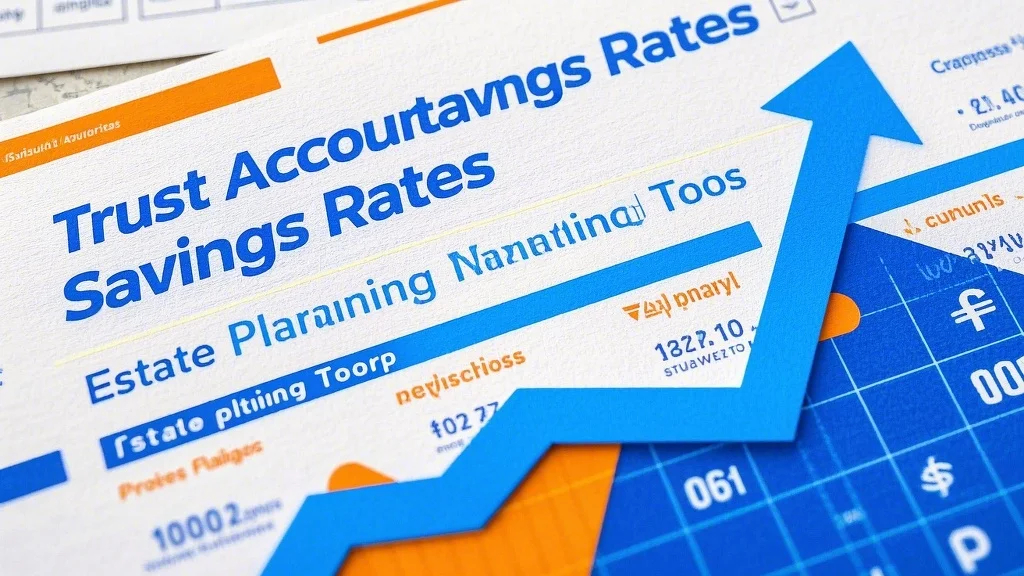In the dynamic world of precious metals trading, hedging plays a crucial role in mitigating risks and ensuring financial stability. This guide delves into the intricacies of Gold Forward Rate Agreements (FRAs), providing insights into their mechanics, benefits, and strategies for effective risk management. Whether you’re a seasoned trader or a novice investor, this article is your go-to resource for mastering gold FRAs as a hedging tool.

Understanding Gold Forward Rate Agreements (FRAs) and Their Role in Hedging
In the ever-fluctuating world of financial markets, hedging is a critical strategy to protect investments and manage risks. Among the various hedging tools, Gold Forward Rate Agreements (FRAs) have emerged as a popular choice for those looking to stabilize their exposure to the gold market. But what exactly are FRAs, and how do they help in hedging?
A Forward Rate Agreement (FRA) is a contractual agreement between two parties to exchange interest payments based on a notional principal amount. In the context of gold, FRAs are used to lock in the price of gold at a future date, thereby mitigating the risk of price volatility. Essentially, it allows participants to agree on a fixed price for gold today, which will be settled at a predetermined date in the future.
For gold investors and traders, FRAs serve as a powerful tool to hedge against potential losses caused by price fluctuations. Whether you’re holding gold as an investment, a store of value, or for industrial purposes, understanding how FRAs work can significantly enhance your risk management strategy.
The Mechanics of Gold FRAs
At its core, a gold FRA is an agreement between two parties: the buyer and the seller. The buyer agrees to pay a fixed rate of interest, while the seller agrees to pay a floating rate of interest, based on the notional principal amount. The key here is that the actual exchange of gold does not occur at the time of the agreement; instead, the net cash difference is settled at the maturity date.
For example, suppose a buyer enters into a gold FRA with a seller to lock in the price of gold at $2,000 per ounce for a delivery in three months. If the market price of gold rises above $2,000 by the maturity date, the seller would pay the buyer the difference. Conversely, if the market price falls below $2,000, the buyer would pay the seller the difference. This mechanism ensures that both parties are protected from adverse price movements.
Why Are FRAs Important for Gold Hedging?
The gold market is inherently volatile, influenced by a myriad of factors, including geopolitical tensions, economic policies, and market sentiment. This volatility makes it challenging for investors to predict future price movements. FRAs provide a way to insulate against this unpredictability, allowing participants to lock in favorable prices and manage their exposure more effectively.
FRAs are particularly beneficial for companies involved in the mining, jewelry, or manufacturing industries, where gold is a key component. By hedging their gold positions with FRAs, these companies can protect their margins and plan for the future with greater certainty. Additionally, FRAs are a versatile tool that can be tailored to meet the specific needs of individual investors, whether they are looking to hedge a small portfolio or a large-scale operation.
Getting Started with Gold FRAs
If you’re new to FRAs, the first step is to assess your risk tolerance and investment goals. Determine the extent of your exposure to gold and identify the specific risks you aim to hedge. Once you have a clear understanding of your objectives, you can begin exploring the market for FRAs.
Leverage your financial advisor or a trusted broker to help you navigate the complexities of FRAs. They can guide you in selecting the right agreement, determining the notional principal amount, and choosing the appropriate maturity date. Remember, the key to successful hedging is aligning your FRA strategy with your overall financial plan.
Advanced Strategies for Effective Gold FRA Hedging
While the basics of gold FRAs are straightforward, masterful hedging requires a deeper understanding of market dynamics and strategic planning. In this second part of our guide, we explore advanced strategies to optimize your use of FRAs and maximize their effectiveness.
1. Dynamic Hedging with FRAs
One of the most sophisticated ways to use FRAs is through dynamic hedging. This strategy involves continuously adjusting your FRA positions in response to changing market conditions. By monitoring price trends and adapting your FRA portfolio accordingly, you can effectively manage your exposure to gold price fluctuations.
For instance, if you anticipate a short-term increase in gold prices, you might enter into an FRA that allows you to benefit from the upward movement. Conversely, if you foresee a decline, you can structure your FRA to limit potential losses. Dynamic hedging requires a keen eye for market trends and a willingness to stay agile in your strategy.
2. Combining FRAs with Other Hedging Tools
FRAs are not a one-size-fits-all solution. To achieve comprehensive risk management, consider pairing FRAs with other hedging instruments, such as futures contracts, options, or spot positions. This multi-pronged approach allows you to address various aspects of market risk, including price volatility, interest rate changes, and liquidity constraints.
For example, you might use an FRA to lock in a fixed price for gold while simultaneously taking a long position in gold futures. This dual strategy provides robust protection against adverse price movements while allowing you to capitalize on potential gains. Always assess the interplay between different hedging tools to ensure they complement rather than conflict with each other.
3. Mitigating Counterparty Risk
One critical consideration when entering into FRAs is counterparty risk—the risk that the other party to the agreement will default on their obligations. To mitigate this risk, it’s essential to choose a reputable counterparty with a strong financial standing. Additionally, you can utilize clearinghouses or central counterparties (CCPs) to reduce exposure to counterparty default.
CCPs act as intermediaries, ensuring that obligations under the FRA are settled in a secure and efficient manner. By centralizing the clearing process, CCPs reduce the risk of default and provide a layer of protection for both parties. Always research the credibility and reliability of any counterparty before entering into an FRA.
4. Staying Ahead with Technology
In today’s digital age, technology plays a pivotal role in optimizing FRA hedging strategies. Advanced analytics tools, algorithmic trading platforms, and real-time market data platforms can empower you to make informed decisions and execute FRA transactions with precision.
For instance, quantitative models can help you predict future price trends and identify optimal FRA structures. Similarly, automated trading systems can execute FRA transactions in real-time, ensuring that your positions are aligned with market movements at all times. Embracing technological advancements can give you a competitive edge in the gold FRA market.
5. Continuous Monitoring and Reassessment
Hedging is not a set-it-and-forget-it activity. The gold market is constantly evolving, and your FRA strategy must adapt accordingly. Continuously monitor market conditions, reassess your risk exposure, and adjust your FRA positions as needed.
Regularly review the performance of your FRAs to ensure they are achieving their intended purpose. If market conditions shift dramatically, or if your investment goals change, consider revising your FRA strategy. Remember, the goal of hedging is not to eliminate risk entirely but to manage it in a way that aligns with your broader financial objectives.
Gold Forward Rate Agreements (FRAs) are a valuable tool for hedging against gold price volatility, offering a level of flexibility and customization that appeals to a wide range of investors and traders. By understanding their mechanics, benefits, and advanced strategies, you can leverage FRAs to safeguard your investments and achieve greater financial stability.
However, successful hedging requires a deep understanding of the gold market, strategic planning, and ongoing monitoring. Whether you’re a seasoned professional or a new entrant to the gold market, mastering FRAs can provide you with the tools you need to navigate this dynamic and rewarding space.
With the right knowledge and approach, you can turn the challenges of gold price volatility into opportunities for growth and success.




